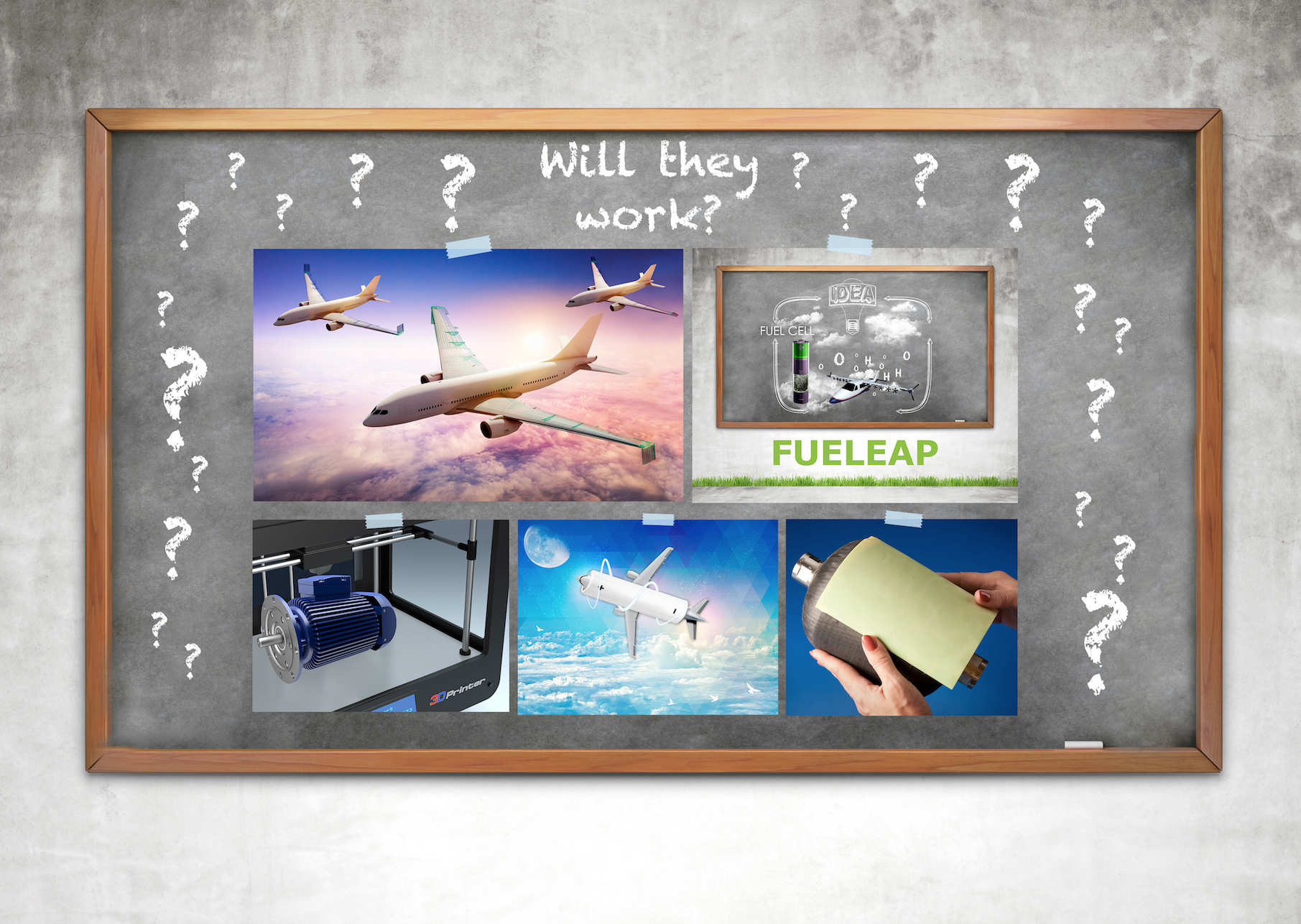NASA has selected five green technology concepts that have the potential to transform the aviation industry in the next decade by reducing aircraft fuel use and emissions.
The concepts were selected under NASA’s Transformative Aeronautics Concepts Program for a two-year study. The topics, including three specifically targeted at electrically-propelled aircraft are:
- alternative fuel cells;
- using 3-D printing to increase electric motor output;
- the use of lithium-air batteries for energy storage;
- new mechanisms for changing the shape of an aircraft wing in flight; and
- the use of a lightweight material called aerogel in the design and development of aircraft antenna.
These five concepts, in addition to three of the six selected in 2015, address NASA’s green aviation initiatives to cut fuel use by half, lower harmful emissions by 75 percent, and significantly reduce aircraft noise.
“There definitely was an emphasis in our selections on bringing forward activities that addressed a NASA aeronautics goal to reduce the carbon footprint of aviation during the 21st century,” said program manager Doug Rohn.
Though there can be no guarantee the studies will result in deployable technologies, given the novelty of the concepts, researchers are confident much critical data and information will be gleaned from the studies that will inform future green aviation concepts and research efforts.
“Is failure an option? It depends on your definition of failure. We’re going to ask the questions and see if these ideas are feasible or not. A successful feasibility assessment may determine the concept won’t work,” Rohn said.
For more information about the selections, visit:
http://go.nasa.gov/2aWongE
For more information about NASA’s aeronautics research, visit:
http://aeronautics.nasa.gov
-end-
J.D. Harrington
Headquarters, Washington
202-358-5241
j.d.harrington@nasa.gov





























